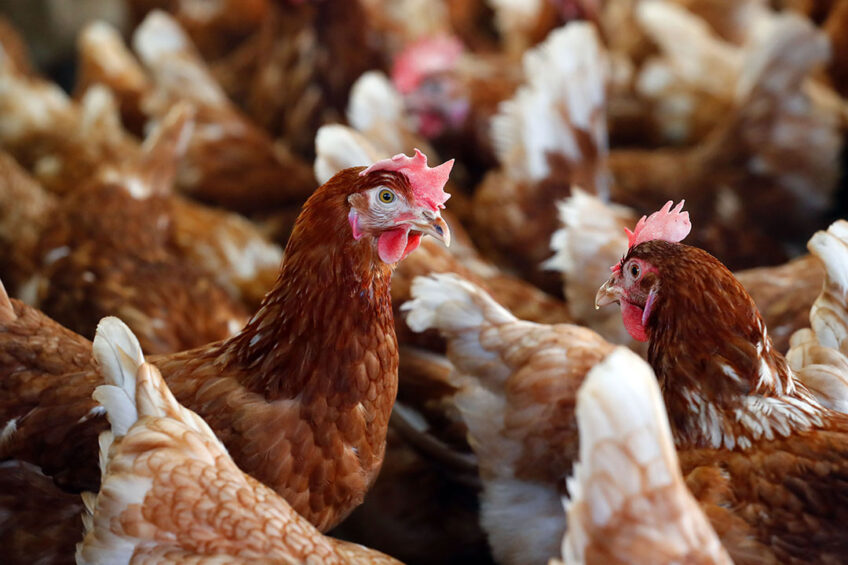Examining poultry heat stress

Poultry and humans share similar preferences to temperature, researchers have found. A study from the Technical University of Munich (TUM), Germany, also found that cattle, pigs and even agricultural crops liked the same range of temperatures.
The comfortable temperature range for poultry is 15-20ºC (59-68ºF) with birds experiencing mild heat stress at 30ºC (86ºF). At 37ºC (98ºF) and above, chickens experience severe heat stress and their egg laying rate declines. If people are exposed to temperatures above 32ºC (90ºF) at extremely high humidity or above 45ºC (113ºF) at very low humidity for a lengthy period of time, it can be fatal.
Heat stress overall leads to reduced growth in chickens, cattle, dairy cows, pigs and other livestock, which means both lower yields and reproductive performance: “There are examples of evolutionary adaptations to warm weather in terrestrial mammals. Transylvanian naked chickens are more heat tolerant than other varieties of chickens because of a complex genetic mutation that suppresses feather growth. They are naturally air-conditioned because they lack feather,” said Professor Senthold Asseng, professor of digital agriculture at TUM.
Prof Asseng said climate change would cause intense problems for humans, poultry and other livestock and crops by 2100: “By the end of the century, 45-70% of the global land area could be affected by climate conditions in which humans cannot survive without technological support, such as air conditioning. Currently, it is 12%.
“This means that in the future, 44 to 75% of the human population will be chronically stressed by heat. A similar increase in heat stress is expected for livestock, poultry, agricultural crops, and other living organisms.”
Tips and tricks for feeding during heat stress
Poultry veterinarian Gerwin Bouwhuis gives tips and tricks on how to prevent heat stress in broilers with a proper feed regime, smart water line height and the right additives. Find out more…
Prof Asseng advocates a variety of strategies to mitigate against increasing heat strain, including increasing natural shade from trees or buildings. Cities and buildings can be more temperature-passive by using roof and wall insulation or by using lighter, reflective roof and wall colours to reduce heat strain. Despite the genetic adaptation by the Transylvanian chickens, it takes many generations.
“The time available is too short for many higher forms of life. If current climate trends persist, many living things could be severely affected or even disappear completely from Earth due to the temperature change,” he concluded.
• The review was published in The Lancet Planetary Health












